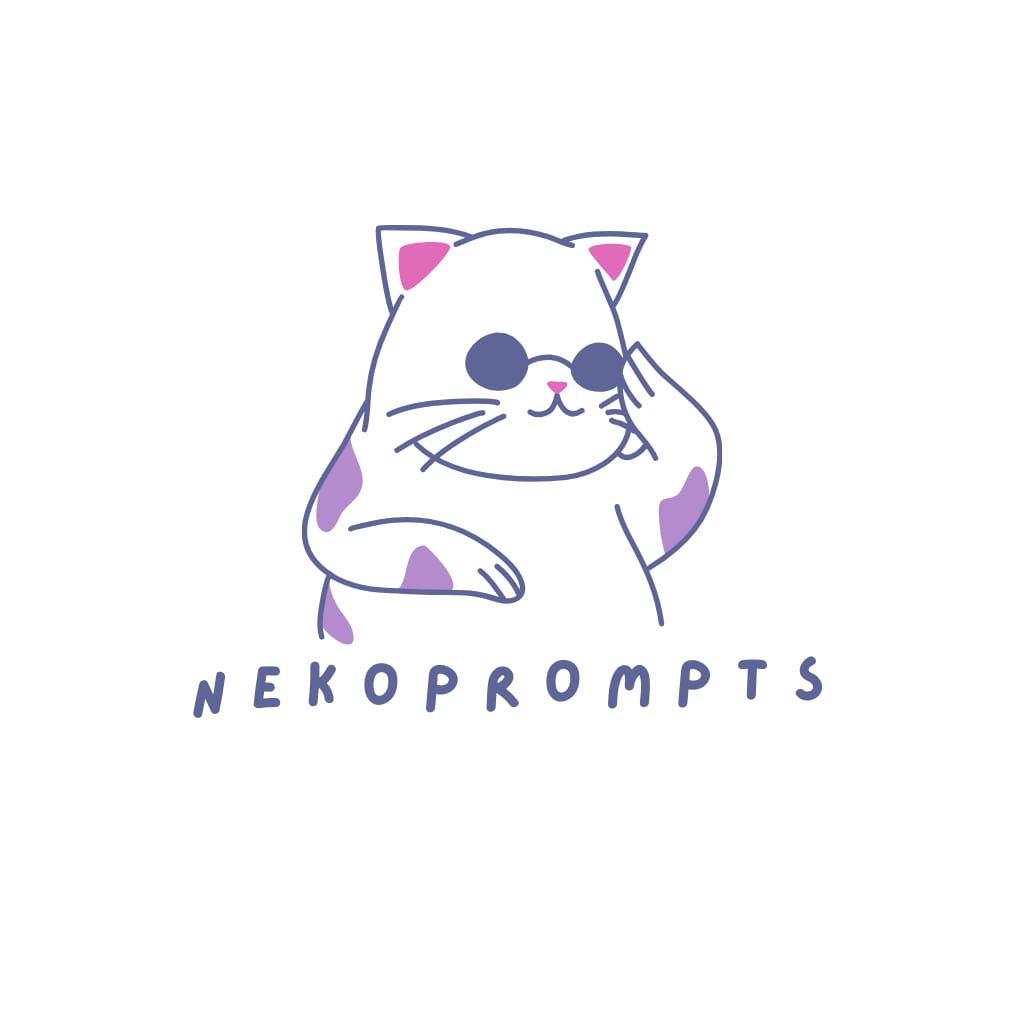Idea-to-Action Framework Generator
The idea of creating a tool to automate budget tracking for freelancers involves developing a system that streamlines the management of their finances. This tool would integrate three primary components:
Income Tracking: Automatically record and categorize income sources, such as payments from clients, freelance projects, or side gigs. This can be linked to payment platforms like PayPal, Stripe, or bank accounts.
Expense Tracking: Capture and categorize all business-related expenses, such as software subscriptions, office supplies, travel, and other costs that freelancers incur. This can be done by connecting the tool to receipts, invoices, or even directly to business credit cards.
Tax Projections: Estimate tax obligations based on income and expenses. The tool would calculate and track tax deductions (such as business expenses) and withholdings, providing projections to help freelancers set aside enough for taxes.
The ultimate goal is to make the process of tracking and managing finances seamless, reducing the administrative burden on freelancers and helping them make informed financial decisions.
For freelancers, this tool can serve several key purposes:
Simplified Financial Management: Instead of manually inputting income and expenses, freelancers can focus more on their work while the tool automatically updates and categorizes financial data.
Tax Preparedness: The tool would make tax season less stressful by providing accurate projections and deductions throughout the year, helping freelancers set aside the right amount for taxes.
Cash Flow Monitoring: By offering a real-time overview of income and expenses, freelancers can assess their cash flow, helping them plan for lean months or allocate savings for future investments.
Expense Categorization for Reporting: Freelancers can quickly generate reports for clients, tax filings, or financial planning purposes, with neatly categorized expenses and income streams.
Challenge 1: Data Integration from Multiple Sources
Solution: The tool must integrate with a wide variety of platforms, such as PayPal, bank accounts, and invoicing software. To address this, consider using APIs (e.g., QuickBooks API, Stripe API) or partnerships with popular financial tools for seamless integration.
Challenge 2: Accurate Tax Calculations
Solution: Tax laws can vary greatly depending on location, business type, and other factors. Collaborating with tax experts or using existing tax frameworks like those provided by accounting software (e.g., TurboTax) will help ensure the accuracy of tax projections. Incorporating customizable settings based on the user’s country and business type can enhance accuracy.
Challenge 3: User Adoption
Solution: Many freelancers may be overwhelmed by new technology. To overcome this, the tool should have a simple, intuitive interface and offer onboarding tutorials or guides. Additionally, offering integrations with tools freelancers already use, like Google Sheets or Trello, will make the transition smoother.
Challenge 4: Privacy and Security Concerns
Solution: Ensure the tool uses encryption and follows industry-standard security protocols to protect sensitive financial data. Transparency about data usage and compliance with privacy laws (like GDPR) will also build trust with users.
- Define Requirements:
- Identify the target audience (e.g., freelancers in specific industries or regions).
- Outline the core features (income tracking, expense categorization, tax projections).
- Research tax laws, financial best practices, and data integration requirements.
- Choose Development Tools:
- Select a programming language and platform (e.g., Python, React, or Flutter for cross-platform mobile/web apps).
- Determine which financial APIs to integrate (e.g., Stripe, PayPal, QuickBooks).
- Decide on a cloud database (e.g., Firebase, AWS) for storing financial data securely.
- Develop a Prototype:
- Start with a minimum viable product (MVP) that includes basic income and expense tracking.
- Implement simple tax projections based on local tax brackets.
- Build the user interface (UI) with a focus on simplicity and ease of use.
- Beta Testing:
- Conduct user testing with freelancers to get feedback on usability and functionality.
- Refine the tool based on user input, adding features like custom tax settings, invoicing integration, or real-time cash flow tracking.
- Launch and Market:
- Prepare marketing materials highlighting the tool’s key benefits (e.g., time-saving, tax prep, financial control).
- Use social media, email marketing, and influencer partnerships to target freelancers and small business owners.
- Offer an introductory free trial to attract users and encourage them to adopt the tool.
- Ongoing Maintenance and Improvement:
- Continuously monitor user feedback and address any bugs or feature requests.
- Regularly update the tool to accommodate changes in tax laws or new integrations with financial platforms.
- Consider expanding features, such as financial goal setting, savings advice, or financial forecasting, to increase the tool's value.
By following these steps, you can transform this idea into a practical, valuable tool that meets the unique needs of freelancers managing their finances.

 ChatGpt
ChatGpt 
